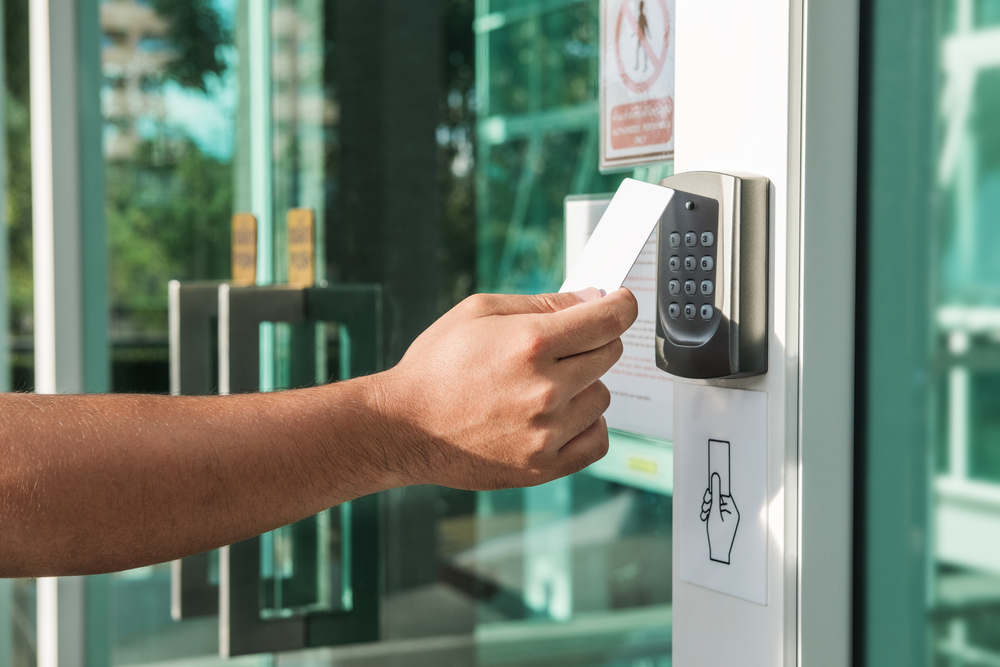These days, producing software of the highest caliber is insufficient. These days, speed is a vital priority and a key differentiator. Gaining a competitive edge involves introducing new features and products—that are of high quality—fast. Teams must thus look for novel approaches to shorten the time it takes to execute test automation.
-
Make Use of Parallel Testing
One excellent method to increase speed-to-market is to enable parallel testing for test automation. Teams can use current automated testing solutions to spin up and execute several test cases at once, saving time compared to performing separate tests at different times.
Teams can get faster feedback on the quality of their goods by running various test kinds in various contexts or configurations. This enables them to increase test coverage, reliability, and efficiency while also drastically cutting down on testing time. More scalability is also made possible via parallel testing, which expedites the testing procedure as needed.
- Establish a Goal Test Execution Time.
Goal time for test automation execution
One of the most important aspects of planning and managing test automation is defining a target test execution time. Teams can determine which set of test cases should preferably be finished when conducted by explicitly declaring the goal test execution time.
Effective management of testing schedules can also be achieved by teams by setting a target test execution time. They can also allocate resources more effectively and provide stakeholders with feedback on time.
- Employ a Tool for Codeless Test Automation
Let’s be honest. It is a backbreaking task to write new test suites to satisfy different testing needs. It takes a lot of time, and it’s also very monotonous and routine. Testing teams can design and run automated test cases without writing a single line of code by utilizing low-code/no-code automation testing tools.
With the use of codeless automated testing technologies, test automation may be easily carried out by those with little to no experience in programming or coding. They may accelerate cross-browser and cross-platform testing by utilizing aesthetically pleasing interfaces and visual components.
-
Handle Test Setup and Teardown Effectively
During test automation, a number of problems may arise. Teams must therefore use databases, bespoke functions, APIs, and other test strategies to control test setup and reduce teardown. The speed of different tests can be positively impacted by efficiently managing test sets.
For example, developing the ideal test scenarios can help teams understand the environments, people, and data needed to effectively test the functioning of the product. Teams must also invest time in eliminating or tidying up actions so that they don’t interfere with other tests or degrade their quality.
- Reduce Wait Times Using Caching
Caching is a tenable approach to shorten the execution times of test automation. By caching data, test cases can be made to run without repeatedly executing API or database queries. Teams can increase testing efficiency and speed by saving and reusing previously computed or fetched data, results, or resources.
Caching speeds up the Automation test with selenium process and reduces wait times while awaiting call responses when handling massive amounts of test data. Teams can minimize resource consumption and provide consistent data for test cases by caching information to prevent repeating the same requests.
- Utilize Browser Execution Without Heading
Accelerating the Selenium automation testing process can also be achieved by utilizing headless browser execution. Without the graphical user interface (GUI), teams can run a browser’s complete version using a command-line interface.
The browser functions exactly like a standard browser since it runs in the background, saving the user from seeing the web page.
Teams can allow high-speed testing while using fewer resources and improve test execution performance by emulating numerous browsers on a single machine.
-
Ignore features when in beta testing
Testing teams frequently have a strong desire to use automated testing technologies to test every feature. This method may, however, cause test execution durations to increase. Automated or end-to-end testing is not yet appropriate for features that are in the beta stage. When developers make changes to the product during the beta phase, creating automated end-to-end testing may result in tests breaking frequently.
Teams must thus limit their attention to automating tests that have advanced past the beta phase. It is only necessary for them to do automated end-to-end testing following the implementation of the features in the production environment.
- Eliminate Outdated Code
Software applications are changed often, which results in an increase in the quantity of unneeded or dead code. It is a complete waste of effort to run test suites on this code. Teams need to remove unneeded code since it makes it more difficult for them to comprehend and analyze the code base.
Teams need to get rid of unneeded code as soon as they are comfortable with it. Limited code is simpler to manage and keep track of, as well as to read and maintain.
-
Activate Build Status Real-time Notifications
Real-time alerting, monitoring, and bug-tracking can also be set up by teams aiming to shorten the time it takes to execute Automation testing with selenium. Teams can be informed when a test or build fails by the warnings generated by such tracking. Such instantaneous build progress messages can facilitate more effective debugging and testing.
Stakeholders can be kept up to date on the status and results of testing operations using these alerts. They can also make it possible for important decision-makers to react fast to problems or breakdowns that might occur during testing.
In summary, optimizing test automation execution times is imperative for efficient software development. By implementing several key strategies, teams can significantly reduce the time required for test execution while maintaining high-quality standards.
Firstly, leveraging parallel execution allows multiple tests to run simultaneously, maximizing resource utilization and decreasing overall execution time. Secondly, selectively executing essential test cases prioritizes critical functionalities, ensuring faster feedback on core features.
Moreover, efficient test data management minimizes data setup time and reduces dependencies, leading to quicker test execution. Additionally, adopting a streamlined approach to test script design, such as minimizing redundant steps and optimizing code structure, enhances execution speed.
Furthermore, optimizing infrastructure through cloud-based testing or containerization can provide scalable resources and faster provisioning, further accelerating test execution.
In conclusion, by incorporating these strategies into their test automation practices, teams can achieve significant reductions in execution times. This not only improves productivity and time-to-market but also facilitates more frequent releases and ultimately enhances overall software quality and customer satisfaction.




